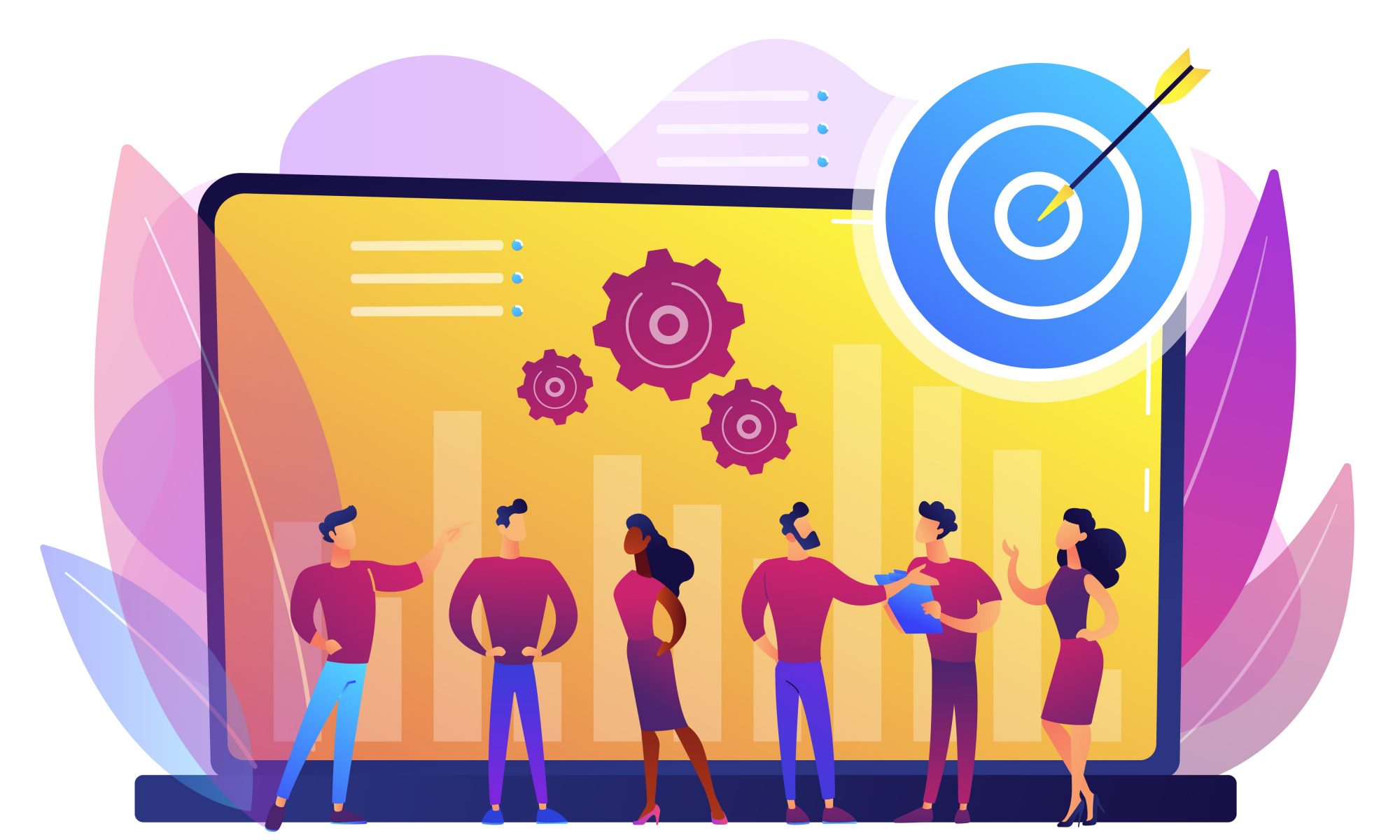Personal time tracking is an important part of our lives. Its importance can be perceived …
10 best time management apps in 2020
10 best time management apps in 2020
Time management apps are becoming increasingly common due to rising demand. Every business enterprise or …
Easy Productivity Techniques to Focus on the Right Work
Easy Productivity Techniques to Focus on the Right Work
Our attention spans have taken a hit. If we can’t focus properly then we won’t …
Continue reading "Easy Productivity Techniques to Focus on the Right Work"
4 Strategies to Improve Your Productivity as a Freelancer
4 Strategies to Improve Your Productivity as a Freelancer
There is no denying that the freelance market is appealing to many professionals all over …
Continue reading "4 Strategies to Improve Your Productivity as a Freelancer"
Boost Productivity With Top 4 Employee Monitoring Tools
Boost Productivity With Top 4 Employee Monitoring Tools
Ever been torn between the ultimate choice of Employee Monitoring Tool for boosting productivity? This article is …
Continue reading “Boost Productivity With Top 4 Employee Monitoring Tools”
10 Tips for Improving Team Communication in a Workplace
10 Tips for Improving Team Communication in a Workplace
"If everyone is moving forward together, then success takes care of itself." -- Henry Ford …
Continue reading "10 Tips for Improving Team Communication in a Workplace"
10 Habits to Adopt to Master Productivity
10 Habits to Adopt to Master Productivity
The focus in today’s world has shifted from counting the number of tasks completed, to …
Continue reading "10 Habits to Adopt to Master Productivity"
10 Ways Time Tracking Helps You Make The Most Of Your Freelance Employees
10 Ways Time Tracking Helps You Make The Most Of Your Freelance Employees
Time Tracking for freelancers is quickly gaining popularity in the remote work industry. As more …
Continue reading "10 Ways Time Tracking Helps You Make The Most Of Your Freelance Employees"
How Time Tracking helps Project Management Process
How Time Tracking helps Project Management Process
Project Management is a fairly new concept. Prior to the 20th century, builders and architects managed the projects themselves. Project Management acquired..






